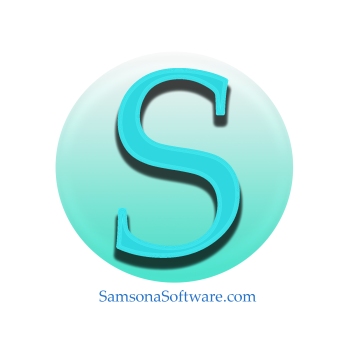You have a vision of providing a unique product or service to the world, but that pesky little thing called technology is just standing in the way like a big bouncer at a trendy, popular nightclub. If you could do it yourself, you would do it in a heartbeat, but there’s only so much available time, especially if you have a day job working for someone else. You finally decide you need help from a trusted, reliable and affordable technology partner, but even the process of finding someone is not as straightforward as you wish.
Here’s a simple approach for finding help.
The very first thing you want to do is describe what problem you are trying to solve. In other words, what is so special about your product or service that will solve a problem for the target audience? If you don’t have this articulated up front, then coming up with a technology game plan will be useless. Every entrepreneur is trying to solve a problem that certain segments of the population are dealing with, and of course, entrepreneurs want to be financially rewarded for the solution. Identifying the problem translates into the mission statement of your business plan. You describe the problem in a plain English document called a Problem Statement. The question that is the basis for your Problem Statement is, “What problem am I trying to solve with my idea?” The statement does not have to be anything fancy. Just remember the problem should be written from the perspective of your potential customer (also called “Voice of the Customer” in popular business process methodologies). The problem statement from the Customer’s view might be as simple as one sentence that says something like, “I have a problem keeping track of how many calories I eat and how many steps I need to walk to burn those calories each day.”
Once you describe the problem you’re trying to solve, it’s time to state what you think the solution to the problem is. If your product or service is the solution, then describe how it addresses the problem. So continuing with our Problem Statement, the Solution Statement might say something like, “As a Potential Customer, I want a mobile app for my smartphone that tells me how many steps I need to walk in order to burn the calories associated with the food I ate each day. I want to be able to enter each food item as part of the solution.”
That’s it. Once you have the Problem and Vision for the Solution documented, you can then search for a Technology Partner to help you make your vision a reality. Having a website is a key tool for every entrepreneur who needs to market the vision to the public. You can view a video I created earlier this year for 50Plano.com to help with the website process.
Note: Bookmark this page and follow us to keep up on the latest updates to this and other articles!
